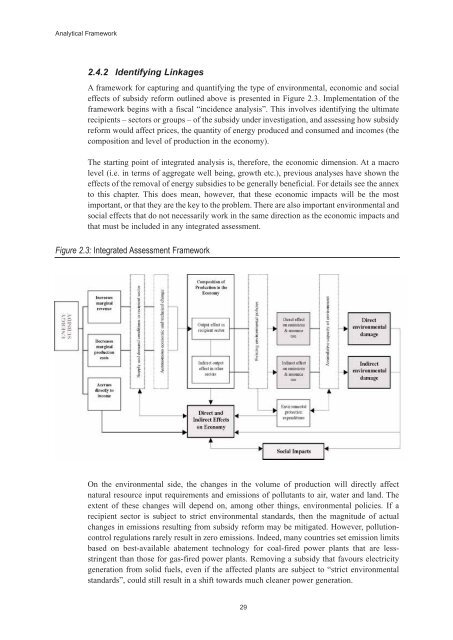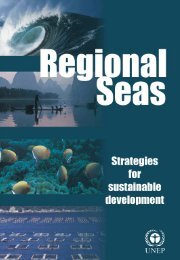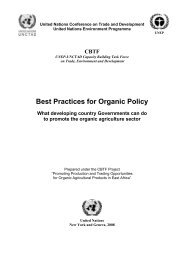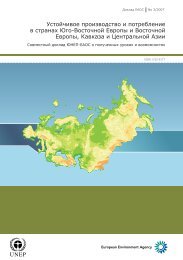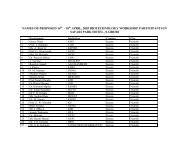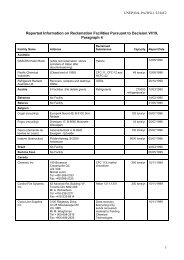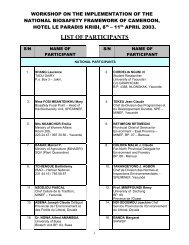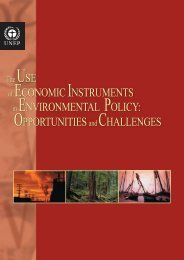Energy Subsidies: Lessons Learned in Assessing their Impact - UNEP
Energy Subsidies: Lessons Learned in Assessing their Impact - UNEP
Energy Subsidies: Lessons Learned in Assessing their Impact - UNEP
You also want an ePaper? Increase the reach of your titles
YUMPU automatically turns print PDFs into web optimized ePapers that Google loves.
Analytical Framework<br />
2.4.2 Identify<strong>in</strong>g L<strong>in</strong>kages<br />
A framework for captur<strong>in</strong>g and quantify<strong>in</strong>g the type of environmental, economic and social<br />
effects of subsidy reform outl<strong>in</strong>ed above is presented <strong>in</strong> Figure 2.3. Implementation of the<br />
framework beg<strong>in</strong>s with a fiscal “<strong>in</strong>cidence analysis”. This <strong>in</strong>volves identify<strong>in</strong>g the ultimate<br />
recipients – sectors or groups – of the subsidy under <strong>in</strong>vestigation, and assess<strong>in</strong>g how subsidy<br />
reform would affect prices, the quantity of energy produced and consumed and <strong>in</strong>comes (the<br />
composition and level of production <strong>in</strong> the economy).<br />
The start<strong>in</strong>g po<strong>in</strong>t of <strong>in</strong>tegrated analysis is, therefore, the economic dimension. At a macro<br />
level (i.e. <strong>in</strong> terms of aggregate well be<strong>in</strong>g, growth etc.), previous analyses have shown the<br />
effects of the removal of energy subsidies to be generally beneficial. For details see the annex<br />
to this chapter. This does mean, however, that these economic impacts will be the most<br />
important, or that they are the key to the problem. There are also important environmental and<br />
social effects that do not necessarily work <strong>in</strong> the same direction as the economic impacts and<br />
that must be <strong>in</strong>cluded <strong>in</strong> any <strong>in</strong>tegrated assessment.<br />
Figure 2.3: Integrated Assessment Framework<br />
On the environmental side, the changes <strong>in</strong> the volume of production will directly affect<br />
natural resource <strong>in</strong>put requirements and emissions of pollutants to air, water and land. The<br />
extent of these changes will depend on, among other th<strong>in</strong>gs, environmental policies. If a<br />
recipient sector is subject to strict environmental standards, then the magnitude of actual<br />
changes <strong>in</strong> emissions result<strong>in</strong>g from subsidy reform may be mitigated. However, pollutioncontrol<br />
regulations rarely result <strong>in</strong> zero emissions. Indeed, many countries set emission limits<br />
based on best-available abatement technology for coal-fired power plants that are lessstr<strong>in</strong>gent<br />
than those for gas-fired power plants. Remov<strong>in</strong>g a subsidy that favours electricity<br />
generation from solid fuels, even if the affected plants are subject to “strict environmental<br />
standards”, could still result <strong>in</strong> a shift towards much cleaner power generation.<br />
29


